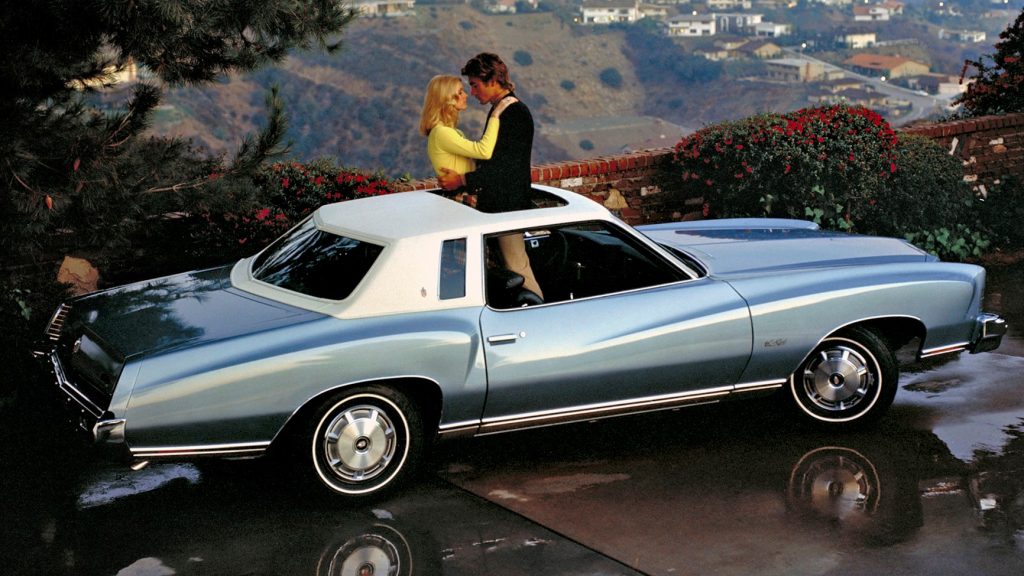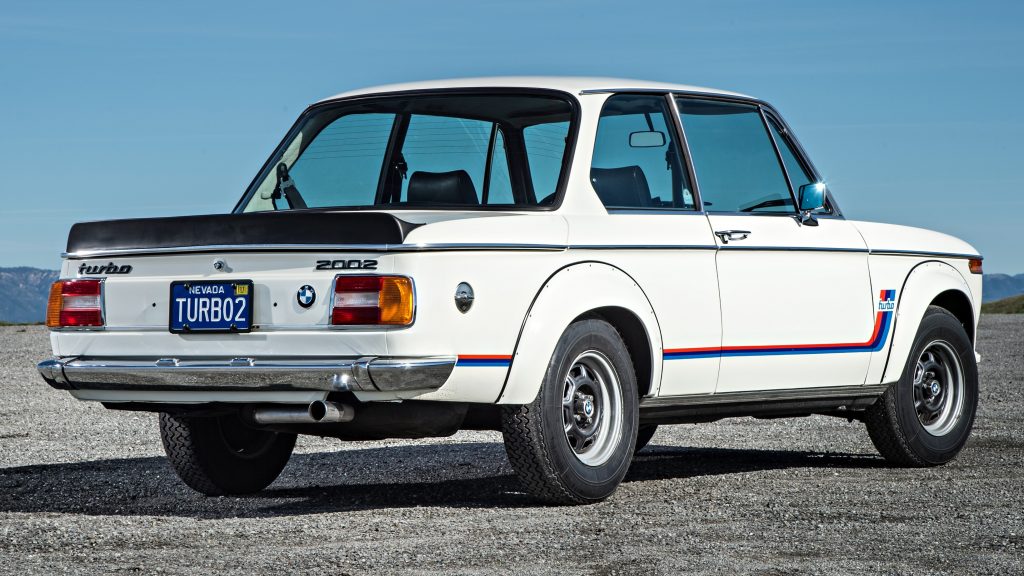After an initial use on horse-drawn carriages, opera windows became a charming design trend in the 1950s… until reaching saturation in the late 1970s

- Opera windows for cars used to be a common design feature in the 1950s and 1960s
- The original Ford Thunderbird is the first car to make massive use of this visual item
- After years of use mostly in North American cars, it fell out of fashion in the 1970s
Every now and then, my articles mention that cars are part of our society. I find that important especially when we talk about design because it is one of the most intuitive ways in which cars interact with us. We are drawn to cars we find beautiful. That fact is strong enough to often overlap rational considerations.
Digging into what makes us find a car beautiful would deserve an entire book. For now, we could say that one of those factors is familiarity. We like elements we have already seen elsewhere. The opera window is an interesting case because it was first used in horse-drawn carriages, then made its way to automobiles.
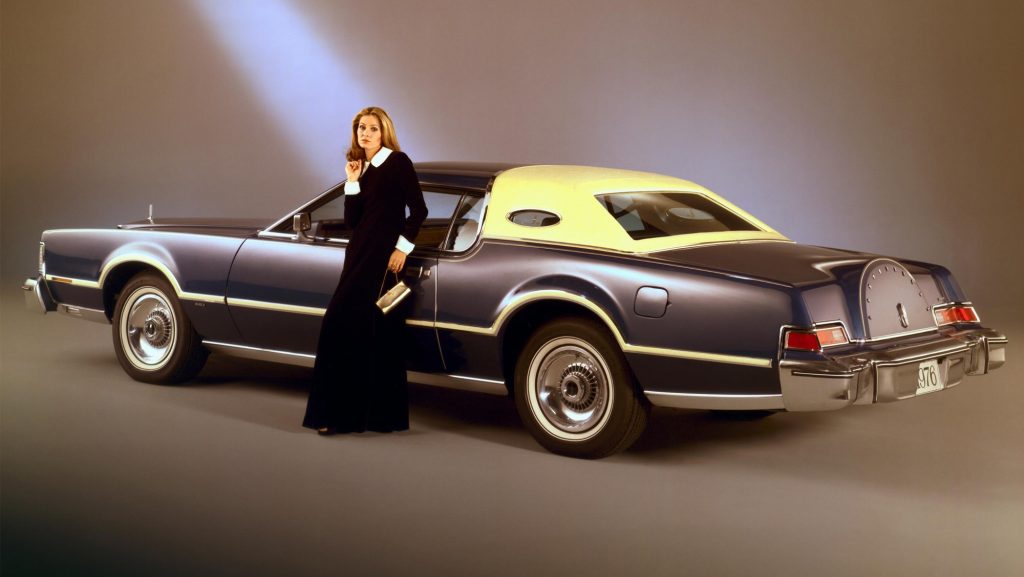
What is an opera window?
Simply put, it is that side window located on the car’s rearmost pillar. The 1955 Ford Thunderbird was one of the first cars to use it. In that case, the opera window improved visibility when its hardtop was in place. While it was primarily a utilitarian item, its distinctive shape quickly became a signature trait of that car.
Over time, that perception changed the opera window’s role. In the 1970s, it actually became popular as a style feature. Several car models would use it in many shapes and sizes, especially in North America. They became a go-to solution when the company wanted to give the car a refined and somewhat vintage air.
That utilitarian role went to regular rear-quarter windows. Those are larger, and their shape is integrated with the front ones within the same frame. The fact that this element became a trend back then makes it easy to mistake both types. All you have to keep in mind is that opera windows are visually detached.

A hint of style in the malaise era
The 1960s had two design trends that are important for this topic. One was the hardtop: a single structure from front to rear windshields which allows to forgo side pillars. The other was the vinyl roof: it came from horse-drawn carriages, whose roofs were removable and made of fabric. Some used opera windows too.
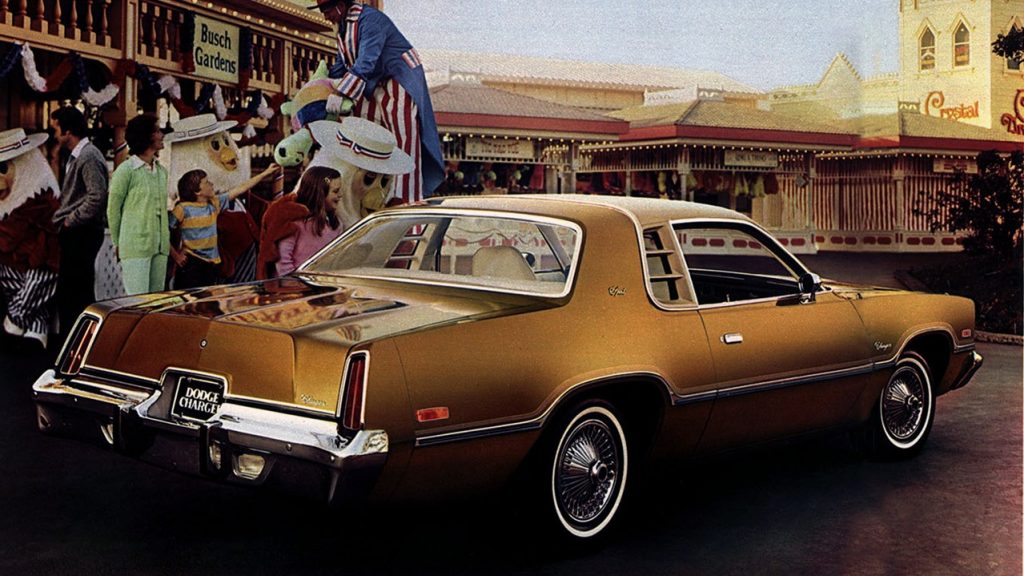
While those features were still fashionable in the 1970s, the budget constraints imposed by the oil crisis made carmakers resort to cheap workarounds. The most common was to cover steel roofs with vinyl and give them opera windows. That way, they could resemble removable hardtops like the 1955 Thunderbird’s.
As the pictures show, opera windows suddenly appeared in a variety of sizes, shapes, and even quantities, often associated with vinyl roofs. Coupé and sedan were the favorite body styles for that because of their short greenhouses (the region above the waistline), especially considering the design trends of that time.

Too many cars with opera windows
Just like in clothing fashion, the problem with style trends is that they quickly become overused. Through the 1970s, the four North American automakers used opera windows in many vehicles of all their brands. In the second half of the decade, we would see some Japanese automakers trying their chances as well.
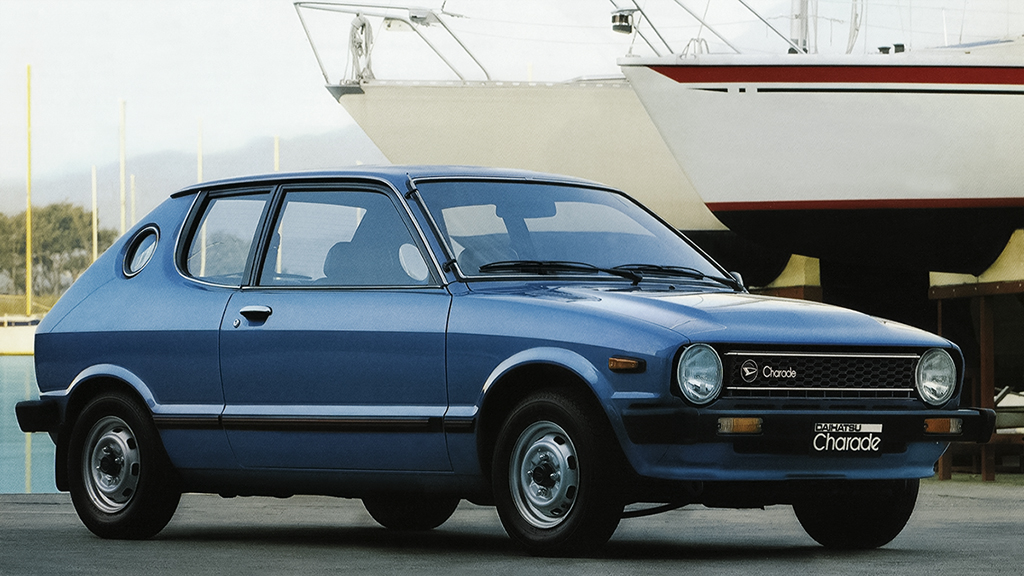
At first, automakers tried to keep this item in fashion by giving it variations. Some were quite clever, such as the Dodge Charger’s three-part opera windows. However, they ended up neglecting the fact that they just do not go well with some cars. Basically, the longer the cabin, the less balanced those items would look.
On the other side of the spectrum, compact cars such as the 1978 three-door Daihatsu Charade were just too short. Opera windows are supposed to be visually isolated, sure, but there are always aesthetic limits to obey. Some companies made them too big that they actually became regular rear-quarter windows.
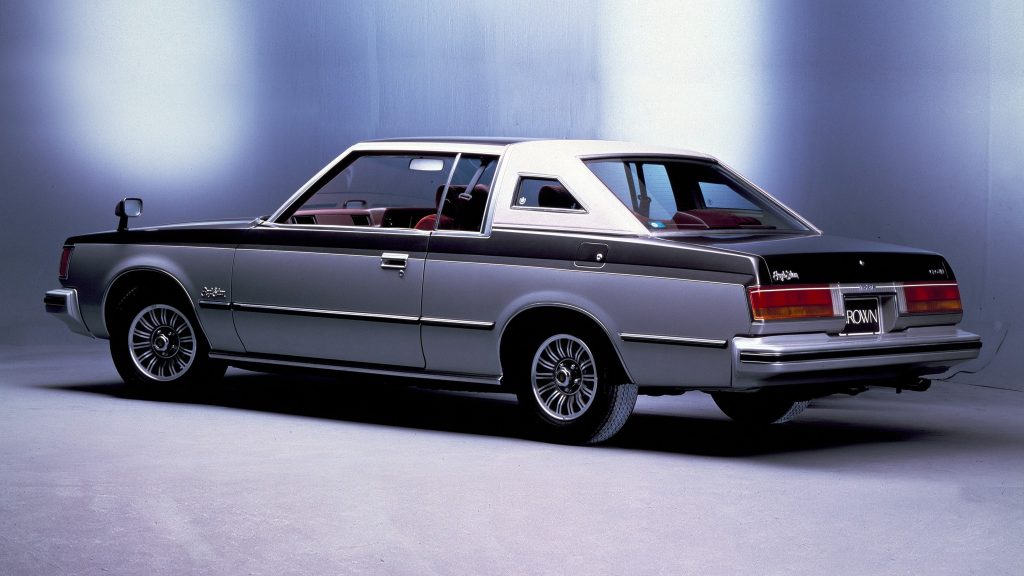
The sunset of a design trend
Besides the excessive use, the opera window fell into disuse because the trends changed. Vinyl roofs and their vintage appearance eventually became tacky, rather than elegant. Without that, the rearmost pillars became too large to be adorned by such small windows. That effect helped another trend to take over.
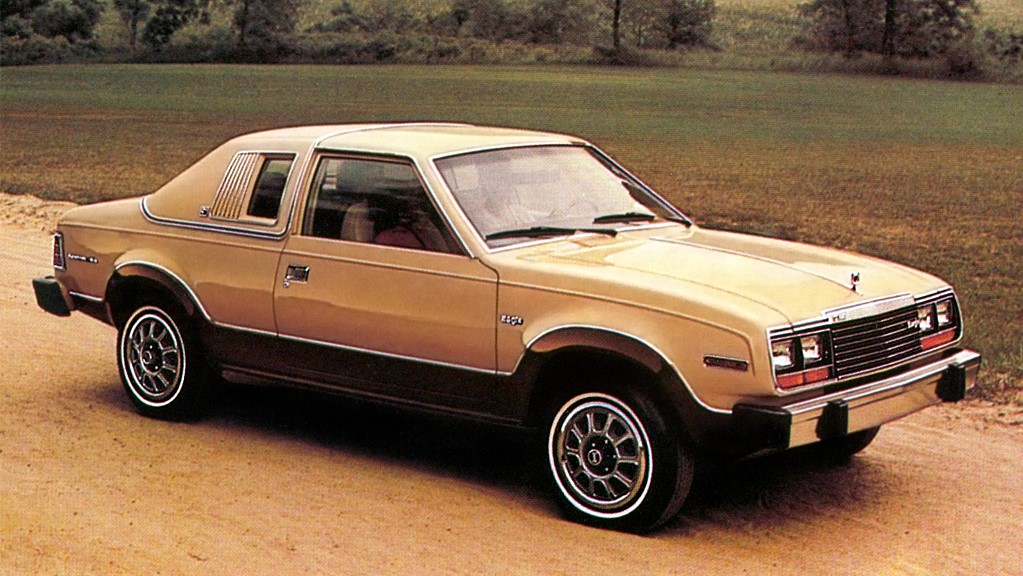
Newer manufacturing techniques were opening new possibilities, and automakers wanted to use them all. One of them was to merge the rear windshield with the rear-quarter windows into one wraparound piece. Opera windows were rendered obsolete because there were simply no more rear pillars to install them.
One of the last cars to use those windows back then was the 1989 Chrysler TC by Maserati, with a similar arrangement to that of the original Thunderbird. Speaking of the latter, Ford made sure to bring back that style feature in 2000, when it released a completely new generation packed with retro design elements.
You may also like
Another interesting trend regarding rear windows is associated to BMW. The Hofmeister kink has been present in almost every car it has released since 1962. What do you know about it?
Danillo Almeida has explored his passion for cars in two distinct ways. The first one is his graduation course in Mechanical Engineering, which will hopefully lead to a job position in the field. The other one is expressing his knowledge and opinions on the matter through writing. Almeida has already contributed to blogs, stores, and websites in general writing automotive content in many formats.

